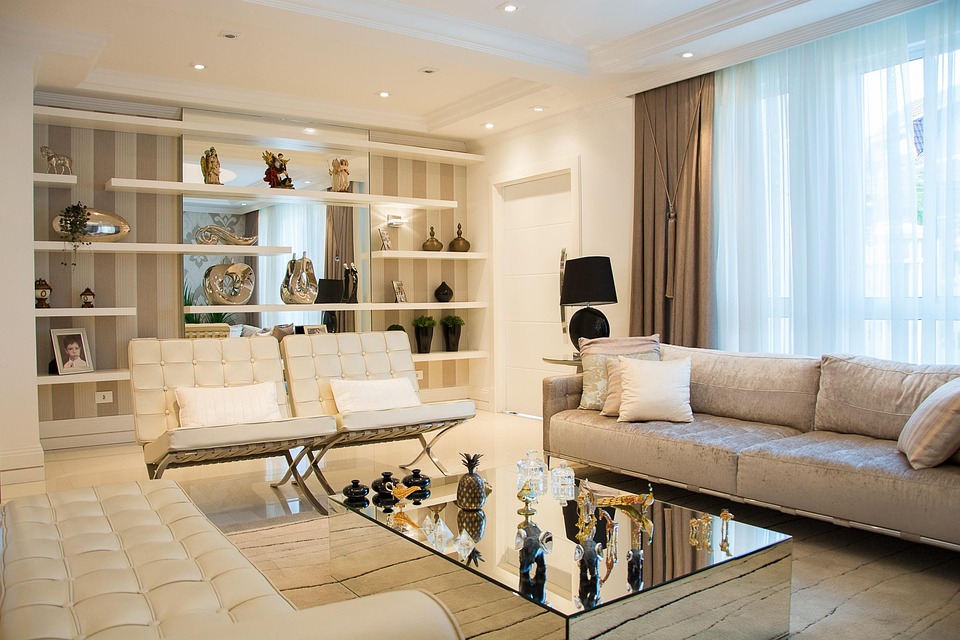In the era of digital innovation, smart home technology has transformed our living spaces into interconnected environments that enhance convenience, security, and energy efficiency. However, the true power of a smart home lies not just in individual devices, but in the seamless integration of those devices into a cohesive system. In this article, we will explore how to create a seamless smart home experience by integrating your devices effectively.
Understanding Smart Home Integration
Smart home integration refers to the process of connecting various smart devices so they can communicate with each other and function as a unified system. This integration allows for automated routines, remote control via mobile apps, and voice commands through virtual assistants.
Why Integration Matters
-
Enhanced Convenience: When devices work together, tasks that once required multiple steps can be completed with a single command. Imagine arriving home and having your smart lights turn on, the thermostat adjust, and your favorite music play—all at once.
-
Increased Energy Efficiency: Integrated systems can optimize energy use by coordinating appliances based on your habits. For example, your thermostat can lower the temperature while you are away, and your smart blinds can open when the sun is shining.
- Improved Security: An integrated home security system can provide real-time alerts. If a smart camera detects motion, it can trigger your smart lights to turn on and your smart lock to engage, providing an extra layer of safety.
Steps to Integrate Your Smart Home Devices
1. Choose a Central Hub
To achieve a connected experience, consider using a smart home hub. A hub serves as the central point of control for your devices, allowing them to communicate and function together. Popular options include:
- Google Nest Hub
- Amazon Echo Plus
- Samsung SmartThings
Before purchasing a hub, verify compatibility with your existing devices.
2. Select Compatible Devices
Opt for smart devices that are compatible with your chosen hub. This can include:
- Smart Lights: Philips Hue, LIFX
- Thermostats: Nest, Ecobee
- Security Cameras: Ring, Arlo
- Smart Locks: August, Schlage
Check the manufacturer’s specifications and user reviews to ensure compatibility.
3. Utilize Automation & Routines
Once your devices are connected to the hub, create automated routines to enhance the seamless experience. Most hubs and their corresponding apps allow you to set up specific actions triggered by certain conditions. For example:
- Morning Routine: At 7 AM, your smart coffee maker starts brewing, your thermostat adjusts for comfort, and your smart blinds open to let in natural light.
- Away Mode: When you leave the house, various actions can be triggered—like locking doors, turning off lights, and securing your security system.
4. Implement Voice Control
Integrating voice control adds another layer of convenience. Most smart home devices are compatible with voice assistants like Amazon Alexa, Google Assistant, or Apple’s Siri.
- Commands: Use voice commands to control multiple devices simultaneously. For example, saying “Good night” could turn off the lights, lock the doors, and set the thermostat to a comfortable sleeping temperature.
5. Prioritize Security
When integrating your devices, security should remain a top priority. Ensure that all devices are updated with the latest firmware to protect against vulnerabilities. Use strong, unique passwords, and enable two-factor authentication when available.
6. Monitor and Optimize
Finally, regularly monitor your smart home system to identify areas for improvement. Many devices come with analytics that track usage patterns, helping you optimize settings for energy efficiency or enhance security measures based on detected activity.
Conclusion
Creating a seamless smart home experience is an exciting journey that enables you to harness the benefits of modern technology. By choosing compatible devices, utilizing a central hub, automating routines, and prioritizing security, you can develop a connected living space that caters to your lifestyle and provides enhanced comfort, efficiency, and peace of mind.
As smart home technology continues to evolve, staying updated with the latest products and features will help you to further enhance your home’s capabilities, making it not just a place to live, but a truly intelligent environment.



